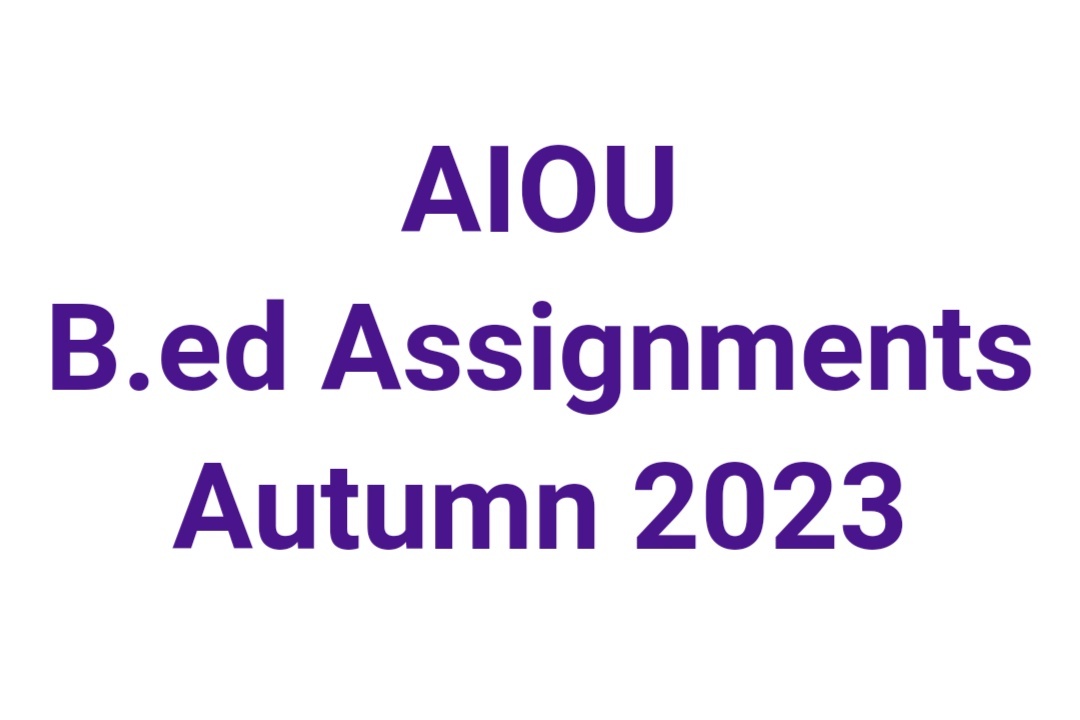Classroom management refers to the strategies, techniques, and skills employed by educators to create a positive and conducive learning environment within a classroom. It involves various aspects, including establishing routines, maintaining discipline, fostering student engagement, and maximizing learning opportunities.
Components of Classroom Management:
Establishing Expectations: Setting clear and consistent rules, expectations, and procedures for behavior and academic engagement.
Building Relationships: Developing positive relationships with students, promoting trust, respect, and a supportive classroom community.
Managing Behavior: Implementing strategies to address disruptive behavior, encourage positive behavior, and maintain discipline effectively.
Lesson Planning and Delivery: Organizing and delivering engaging lessons that cater to diverse learning styles, keeping students actively involved.
Classroom Environment: Creating a physically and emotionally safe, well-organized, and stimulating learning space.
Causes of Difficulties in Class Management:
Lack of Clear Expectations: Unclear rules or inconsistent enforcement of expectations can lead to confusion and misbehavior among students.
Inadequate Teacher-Student Relationship: Poor rapport between teachers and students may result in a lack of mutual respect, affecting classroom dynamics.
Limited Engagement: Lessons that do not capture students' interest or fail to cater to diverse learning styles can lead to disengagement and disruptions.
Behavioral Challenges: Students with behavioral issues, attention disorders, or emotional disturbances might disrupt the learning environment.
Large Class Sizes: Managing a large number of students can be challenging, making it difficult to give individual attention and control the class effectively.
Inconsistent Discipline: Inconsistent application of consequences or disciplinary measures can undermine authority and classroom management.
External Factors: Issues outside the classroom, such as family problems, socio-economic backgrounds, or societal influences, may affect student behavior.
Strategies to Address Classroom Management Difficulties:
Establish Clear Expectations: Communicate and reinforce clear rules and expectations consistently.
Build Relationships: Foster positive relationships, show empathy, and invest in understanding students' needs and backgrounds.
Engaging Lessons: Plan interactive, varied, and relevant lessons that engage students and cater to diverse learning styles.
Effective Discipline: Implement fair and consistent discipline strategies, focusing on positive reinforcement and consequences for misbehavior.
Classroom Arrangement: Organize the classroom layout conducive to learning, allowing for easy movement and interaction.
Professional Development: Continuous training and development for teachers on effective classroom management techniques.
Addressing difficulties in classroom management requires a proactive approach, understanding students' needs, implementing effective strategies, and maintaining a positive and supportive learning environment. By addressing these challenges, educators can create an atmosphere that maximizes learning opportunities and supports students' academic and social growth.





0 Comments